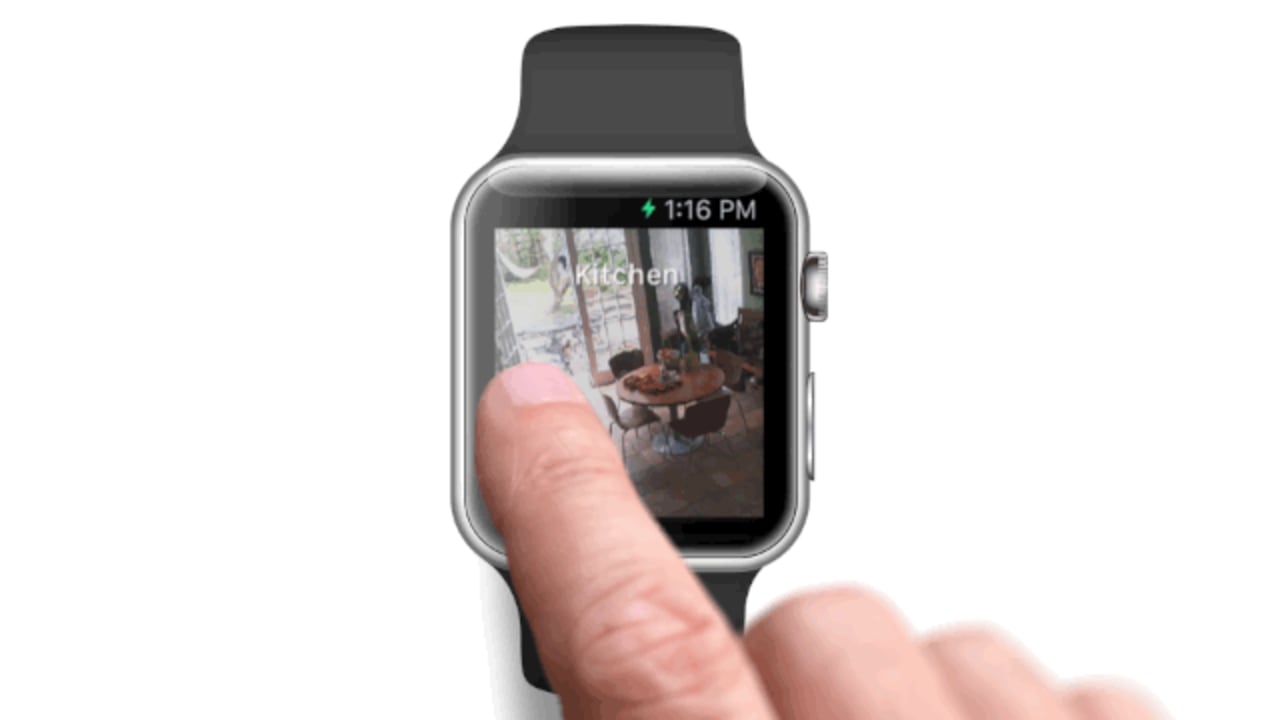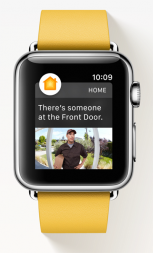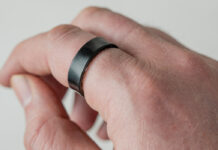
Smartphone and wearable makers are all about ecosystems and the ability to manage and control services and devices.
With smart home appliances like thermostats, smoke alarms, smart lights, locks, cameras and sensors, their biggest feature is that they can be controlled or monitored by a smartphone. The biggest challenge is that some of these smart home devices belong to different platforms.
This means a mess of individual apps that require tending on a smartphone with very little interoperability. That’s changing fast as manufacturers realize they need to get in line and make their products easy to access.
An extension of the iPhone
The Apple Watch has been an adjunct and extension of the iPhone since day one.
It has also consistently gotten more independent. The latest Apple Watch Series 3 sports optional LTE data and cellular calling in limited areas. This means, you don’t even really need your iPhone.
When it comes to controlling smart home appliances, the Apple Watch is the best control panel because it is literally on your person.
In a perfect world, controlling your smart speaker or lights is just a few taps away and possibly even easier to access if you invoke Siri, Apple’s intelligent assistant.
Control on your wrist
 One of the best (and worst) features of the Apple Watch is that it automatically installs Watch OS versions of apps you already use on your phone. This means that if you have any smart home apps on your iPhone, their watch version will be installed on your Apple Watch.
One of the best (and worst) features of the Apple Watch is that it automatically installs Watch OS versions of apps you already use on your phone. This means that if you have any smart home apps on your iPhone, their watch version will be installed on your Apple Watch.
 This can be a delightful experience. When I was entertaining visiting family over the holidays, music was a huge part of the experience and mood. I run various Sonos speakers and with the Apple Watch, it was easy to toggle volume as well as skip or replay songs right from my Apple Watch.
This can be a delightful experience. When I was entertaining visiting family over the holidays, music was a huge part of the experience and mood. I run various Sonos speakers and with the Apple Watch, it was easy to toggle volume as well as skip or replay songs right from my Apple Watch.
We did a lot of cooking over the holidays and as a result, air quality in my home was sometimes compromised.
My Canary security camera, which also measures indoor temperature and air quality, would send me alerts. I didn’t always have my smartphone with me. But, because I had my Watch on me, I could receive real time alerts and adjust (open a window to vent the cooking smells and fumes).
Canary’s app also notified me when someone had arrived home while I was away. Alerts were sent to my iPhone, and by extension, my Apple Watch.
Hue smart lights which help set the festive mood, and a Ring doorbell that ensured we didn’t miss any deliveries were all accessible though the Watch.
Siri provides assistance

The advantage of the Apple Watch is that it allows me to access individual apps. It also has Siri, which can control specific functions thanks to the HomeKit Standard.
“Hey Siri, turn on the lights,” opens the lights the morning. “Hey Siri, Goodnight,” shuts off lights, music and regulates the thermostat. These controls are easily programmable via the app.
The Apple Watch offers two ways of controlling apps and smart home appliances, either using apps on screen (not ideal due to limited screen real-estate) or using voice through Siri.
I imagine more smart home appliances will have Apple Watch functionality built-in, it just makes a lot of sense.
Be sure to check out the Apple Watch, along with all the latest smartwatch offerings from companies like Samsung, Fitbit and Garmin at Best Buy.



